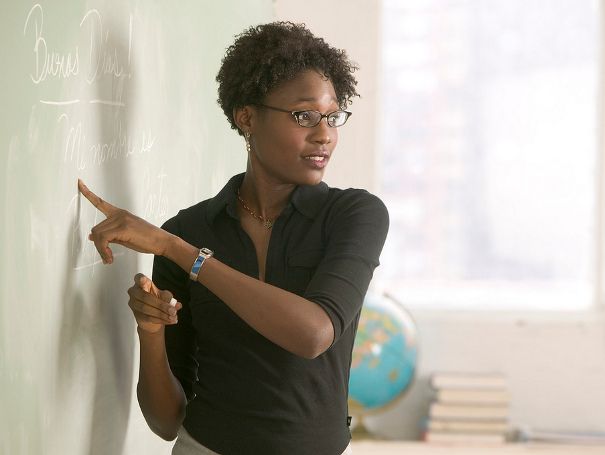
The pros and cons of bilingualism have been widely studied and it’s no secret that the results are largely in favor of speaking two or more languages. However, the US is a country that is largely monolingual, with large portions of society speaking only English. As an international who wants your children to grow up speaking more than one language, how can you combat this while raising your children? We already highlighted some tips and encouragement for raising your child bilingually, and everyone knows they can send their children to private language classes, but there is more you can do, with the help of the NYC public school system.According to a 2013 Internal Budget Office audit of city schools, more than 42 percent of the students come from homes where English is not the primary language. To work with this statistic, the NYC public school system is opening more transitional bilingual and dual language programs than ever before and the range of languages offered is growing. So what is the difference between the two types of programs and which is best for your child?
Transitional Bilingual Programs – Starting out With Your Native Language
Transitional bilingual programs in the US start out by teaching the child in his or her non-English native language and gradually phase in more and more English so that eventually all education is in English. The idea behind this is to assist non-English speakers who are new to the United States to gradually ease into learning the language without their general education suffering and without completely abandoning their native language. This type of program is ideal for children who have been brought up speaking no English and are just beginning their US education.New York City schools are well versed in bilingual programs and the city offers a range of schools that are completely dedicated to bilingual study. Many public and private schools in New York offer bilingual programs and while the majority are transitional from Spanish to English there are over two dozen in Chinese, several in Haitian and Yiddish and one or two each in French, Bengali and Arabic. Bilingual education provides students with a broader knowledge of world culture, a deeper understanding of language basics, and a means for students to connect to their heritage. Educators who favor these programs believe that studying another language and culture creates students who are more empathetic and patient, because they know what it’s like to be completely new to something and to work towards fluency.
Dual Language Bilingual Programs – Truly Bilingual
Dual language programs differ from transitional programs in that the goal is for children to grow up speaking both languages being taught fluently. While individual programs will follow different methods the goal is for the teaching to be done 50% in one language (usually English) and 50% in another language. Programs such as these are beneficial both for international parents who want their children to learn English as well as their native language, and US parents of English speaking children who want their children to learn a second language to fluency.Two dual language schools that are relatively new to the scene in New York City are The New American Academy (NAA) and The French American Charter School (NYFACS). The NAA is collaboration between the New York City Department of Education, the United Federation of Teachers, and the Harvard Graduate School of Education. The NAA opened its first school in Brooklyn, PS 770 in the fall of 2011, and uses an innovative education model from the Harvard Graduate School of Education where classes are taught on a rotating, trilingual schedule (English, Spanish, French).The NYFACS had a different start from the NAA. The French American Charter School was initiated by a combination of parents who are French ex-pats and general Francophiles. The school is public, and does not charge fees to parents who wish for their children to experience a comprehensive French language education. The school’s focus is global and “blends the rigorous standards of learning that are characteristic of the French educational system with American approaches that value individuality and critical thinking”.These two schools are just examples of an intensive approach to bilingual education. There are a growing number of dual language schools in New York City with Spanish and Mandarin leading the pack. The city plans to open 29 new dual language programs in elementary, middle and high schools in September 2013.Dual language education is not without its criticisms; though they are widely praised for eliminating the stigma of foreign language education that bilingual studies are often accused of, dual language programs are thought to be too intense for beginners. Parents are often concerned that the immersion process begins to quickly, and that their child is likely to be overwhelmed and fall behind in a classroom which inundates the child with a foreign language immediately.However, educators who favor dual language programs counter these concerns by explaining that though the immersion may be viewed as intense initially, it is a very effective means toward language education. Though the “fish out of water” feeling may occur for some children, the point of this type of study is that the child’s mindset is altered toward the new language and with daily study, their comfort level will grow substantially faster than those children in standard bilingual programs.If you can’t find a dual language program in your goal language near you, you can lobby to start one. And remember, there are numerous benefits to raising your child bilingual, as the New York Times has pointed out, it could even delay the onset of dementia in later years! So even if you only speak English, don’t hesitate to look into these dual language options.

